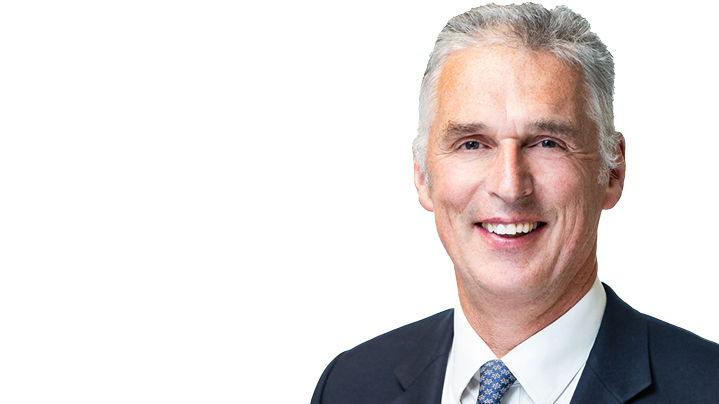Alternatives assets to hit $23 trillion by 2025
Assets in alternative investments are expected to grow by 9.8 per cent a year over the next five years, to hit US$17 trillion (A$23.4 trillion) by 2025, according to the latest research by Preqin, the global alternatives research and data provider. Private equity will double to US$9.11 trillion and Asia will be a “huge driver”.
The report, published November 12, is titled ‘The Future of Alternatives 2025’. It indicates strong growth in all asset classes in the alternatives space, particularly private equity, which is already the largest sector, and private debt. Private debt is tipped to grow by double digits to US$1.24 trillion, a 72 per cent increase over current numbers.
The growth rate is despite a slight overall decline this year, the first since the GFC, from a total of US$10.8 trillion in 2019 to an estimated US$10.7 trillion in 2020. Growth in asset classes apart from private equity and debt will average 5 per cent a year for the next five years, which is still likely to outpace GDP growth.
The forecasts are the result of the latest survey of investors and managers in the Preqin database, which is one of the largest for alternatives worldwide. The total forecast compound annual growth rate (CAGR) across all segments is 9.8 per cent.
The report says: “We expect private equity’s share of alternatives AUM to rise from 41 per cent to around 53 per cent, as the segment delivers a CAGR of 15.6 per cent. While all regions will see growth, Asia will be a huge driver. The capital concentration trend, accelerated by COVID-19, will continue, but our survey found 73 per cent of investors want to increase the number of fund manager relationships, creating opportunities for new funds, strategies, and markets.”
Preqin expects investors to continue a gradual rotation out of actively managed listed equity funds into both passive instruments and private equity. Private equity, including venture capital (PEVC), will extend its position as the dominant asset class within the alternatives space, with private debt the second fastest-growing asset class. Low interest rates will continue to support the financing of buyout funds, providing markets can avoid any material financial stress that would limit lending, the report says.
Private equity assets also had their first slight decline since the GFC, down from US$4.49 trillion in 2019 to an estimated $4.42 trillion this year, due mainly to the impact of COVID-19. But Preqin says the pandemic has not dampened appetites longer term. Of respondents, 23 per cent expect to “significantly increase” allocations to private equity by 2025 and a further 56 per cent are planning a “slight increase”. Only 4 per cent were planning to decrease allocations.
The capital flow is likely to go to a smaller number of large PE firms, which is a trend that was evident prior to COVID. Average buyout fund sizes increased from US$765 million in 2017 to US$1.3 billion in 2019, while the number of funds dropped from 299 to 246.
“The pandemic has since presented LPs with operational challenges in the form of remote due diligence, so capital concentration is likely to accelerate as LPs stick to managers that they know. This makes for a challenging environment for emerging managers raising capital.
“However, capital concentration does not mean that smaller managers will be left high and dry. A full 79 per cent of investors in our survey expect to increase their number of fund manager relationships over the next five years, though at the aggregate level an increasing proportion of capital will go to the largest managers.”
Mark O’Hare, Preqin founder and chief executive, said: “Just as was the case during the GFC, alternative assets are proving to be highly resilient to the disruption of COVID and an attractive and growing destination for limite3d partners’ (investors) capital. Allocations will continue to grow and with them so too will our industry.” Befitting his optimism, the company opened a Sydney office early this year.
But a big question is whether valuations, which have been an important driver of past performance, can be pushed higher still. As the report points out: “There has never been a boom that hasn’t ended… However, in this environment of easy monetary conditions, and strengthening flows of capital into the market as investors search for returns, who would bet against still higher valuations? For fund managers, valuations cut both ways: 43 per cent of survey respondents feel valuations over the next five years will have a positive impact on their business, against 29 per cent that see them as a negative.”
Hedge funds assets under management will continue to show healthy, but subdued growth rates over the next five years. Hedge funds will hold onto their position as the second-largest asset class among alternatives, with a 3.6 per cent annual growth to US$4.28 trillion. Investor demand for liquid alternatives, such as some ETFs and UCITs funds, is eating into traditional hedge fund growth.
Growth in private real estate assets will also be subdued over the next five years, with a predicted CAGR of 3.4 per cent. But Preqin says this should be viewed in the context of a market hit by what will likely be a period of demand uncertainty for its two largest asset classes: retail and offices.
– G.B.










